Igari Anchor Observatory (이가리 닻 전망대)
10.7Km 2023-01-02
Iga-ri, Buk-gu, Pohang-si, Gyeongsangbuk-do
+82-54-270-3204
Igari Anchor Observatory, located in Iga-ri, Cheongha-myeon, Buk-gu, Pohang-si, is an observatory in the shape of an anchor that anchors ships near the beautiful beach and blue sea pines. With a x_height of 10 meters and a length of 102 meters, visitors can see the open sea of Pohang at a glance. It is also a popular attraction visited by many tourists as the main filming location for the popular drama "Run On (2020)."
Homibando Peninsula Coastal Trail (호미반도 해안둘레길)
11.3Km 2024-02-13
360 Ibam-ri, Donghae-myeon, Nam-gu, Pohang-si, Gyeongsangbuk-do
The Homibando Peninsula Coastal Trail is a picturesque trekking route that spans a remarkable 58 kilometers of Pohang's coastline, stretching from Donghae-myeon to Janggi-myeon via Guryongpo-eup and Homigot Cape. This easternmost section of the Korean Peninsula offers an opportunity to marvel at rugged cliffs and savor the soothing sounds of crashing waves as you stroll along the shoreline. The trail is divided into four distinct courses, with the third course, known as Guryongso-gil, being the lengthiest, taking approximately two hours to complete. It begins at Janggun Rock, winding its way through the Golden Rain Tree and Black Jetbead colonies, ultimately concluding at Guryongso. On the other hand, the fourth course, Homi-gil, is the shortest and starts at Eagle Rock, concluding at the picturesque Homigot Sunrise Square.
Dogu Beach (도구 해수욕장)
11.5Km 2024-12-27
This small beach is located about 20 minutes away from Pohang city center, near Pohang Gyeongju Airport. Despite its small size, its fine sand and wonderful sea view make it a beloved hangout for locals and car campers (sleeping in one’s car) alike. Its small size, along with gentle waves, makes it a popular place for family visitors as well. There are a variety of delivery restaurants five minutes away by foot, so one can order delivery food straight onto the beach as well.
Wolpo Beach (월포해수욕장)
13.0Km 2024-11-05
2308 Haean-ro, Cheongha-myeon, Bukgo, Pohang-si, Gyeongsangbuk-do
◎ Travel information to meet Hallyu’s charm - "Hometown Cha-Cha-Cha"
The actual location of the Gongjin Beach from the drama. Wolpo Beach, just as its name suggests, a clear ocean reflecting the moon, the beach boasts a tranquil ambiance with a broad sandy beach and calm waters. On days off, many people come here to surf, reminiscent of Hong Du-sik's pastime.
Yeongil Meat Restaurant (영일식육식당)
13.1Km 2024-10-30
5-8 Cheongha-ro 192beon-gil Cheongha-myeon, Buk-gu, Pohang-si, Gyeongsangbuk-do
+82-54-232-0660
A restaurant that actors and staff loved
This is a restaurant that actors and staff used to use while they were there for filming. The menu consists mainly of meat from various cuts, but it is fresh and of high quality, so there are many regulars. Among them, the most popular Stir-fried Pork is delicious when cooked over a fire and simmered in the soup. The side dishes provided when ordering are also neat and tasty.
Cheongha Gongjin Market (청하공진시장 (1, 6일))
13.1Km 2024-11-05
6 Cheongha-ro 200beon-gil, Cheongha-myeon, Buk-gu, Pohang-si, Gyeongsangbuk-do
+82-54-232-4002
Cheongha Gongjin Market is a fifth-day market hold on dates ending in 1 and 6 of every month. From seafood to fresh produce and homemade food, it is full of shoppers and a variety of products. The market served as a filming site for the Gongjin Market in the drama "Hometown Cha-Cha-Cha." Information boards throughout the market clearly indicate the location of the "Hometown Cha-Cha-Cha" filming set and nearby tourist spots throughout Cheongha Market.
Beopgwangsa Temple - Pohang (법광사 (포항))
14.8Km 2020-03-25
290, Sangeup-gil, Buk-gu, Pohang-si, Gyeongsangbuk-do
+82-54-243-0178
Beopgwangsa Temple is located at the foot of Bihaksan Mountain in the city of Pohang, Gyeongsangbuk-do Province. It was originally built during the reign of King Jinpyeong (579-631) of the Silla Kingdom by Great Monk Wonhyo upon the order of the king.
The temple used to be large measuring 525 kan (kan is a traditional measurement of distance between two columns, about 1.8 meters), but most of its buildings burned down in a fire in 1863. The current buildings were rebuilt in 1952. The site of the old temple is designated as Historical Site no. 493. Some of the remaining relics are a three-story pagoda, Bulsangyeonhwadaejwa (Buddha on a lotus stand), and a twin Ssanggwibu (turtle-shaped stone base of a monument).
Yeongil Bay Hot Springs (영일만온천)
15.1Km 2020-03-18
21, Unje-ro 386beon-gil, Nam-gu, Pohang-si, Gyeongsangbuk-do
+82-54-285-0101
The construction of this huge hot spring complex started in Yeongil Bay in 1988 after it was found that Yeongil Bay has the highest geothermal heat in Korea while drilling for oil in 1974.
The water’s main ingredients contain healthy minerals such as calcium, natrium, fluorine, magnesium, chlorine, sulfuric acid, fluorine, zinc, germanium and radium. Yeongil Bay Hot Springs maintains its water with alkali bicarbonate at a pH of 9.43. The temperature of the water is somewhat low though at 35℃.
The hot springs help to recover from fatigue, to help beauty care, anti-aging, neuralgia, heart disease, and liver functions. The water here also has a very unique texture.
Hyangdan (향단)
15.6Km 2025-03-24
121-83 Yangdongmaeul-gil, Gangdong-myeon, Gyeongju-si, Gyeongsangbuk-do
+82-10-6689-3575
Hyangdan in Yangdong Village, Gyeongju, Gyeongsangbuk-do, is a grand old house designated as a National Treasure. It is a 500-year-old hanok building that now operates as a lodging facility for guests who are looking for a good night's rest in a cozy traditional atmosphere.
Homigot Sunrise Festival (호미곶 한민족 해맞이축전)
15.6Km 2024-12-23
136 Haemaji-ro, Nam-gu, Pohang-si, Gyeongsangbuk-do
+82-54-289-7852
Homigot Village, the main venue of the Homigot Sunrise Festival, is located on the easternmost point of the Korean Peninsula. Homigot Village means "a village on a tiger’s tail," in reference to the Korean peninsula looking like a tiger.
The festival includes local cultural performances, a New Year celebratory event, fireworks show, sunrise concert and other diverse performances. Visitors may sample free tteokguk, a traditional New Year’s Day dish. Other events such as kite-flying and launching hope balloons with wishes attached will provide enjoyable moments to reflect on the previous year and create new year resolutions.

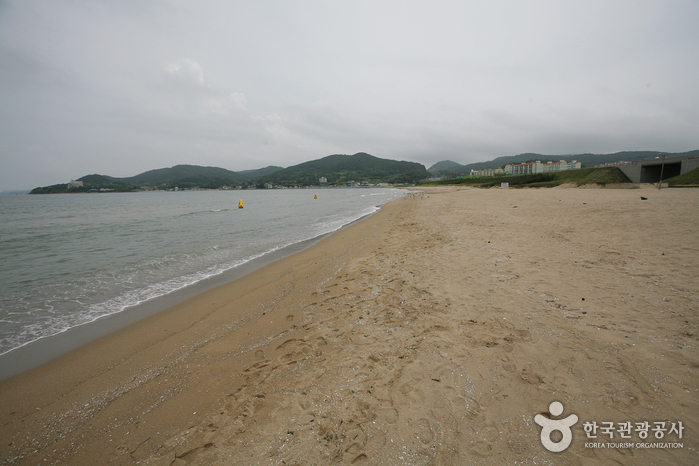
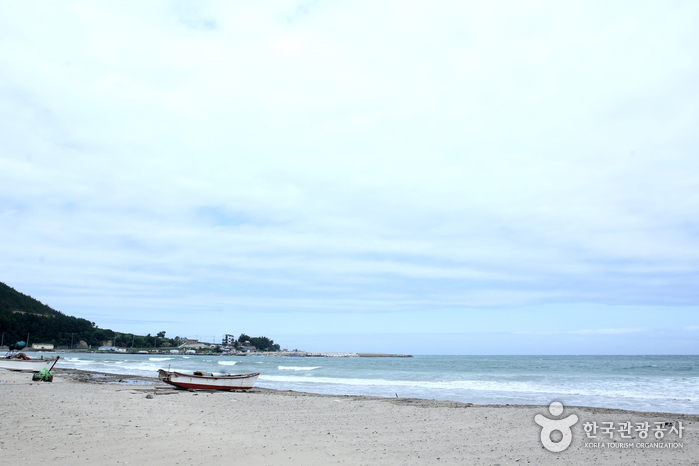

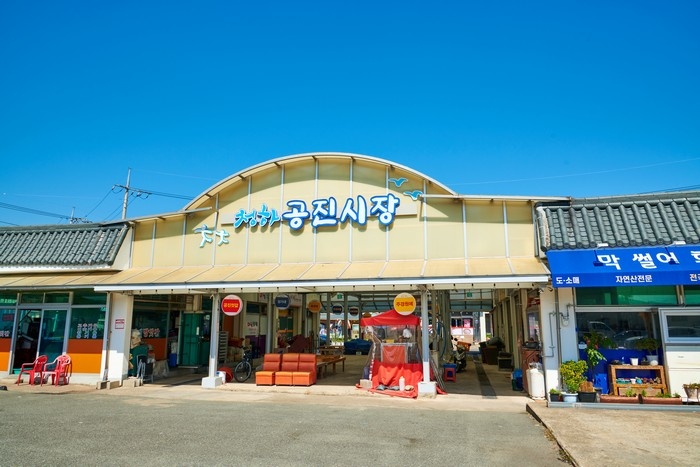
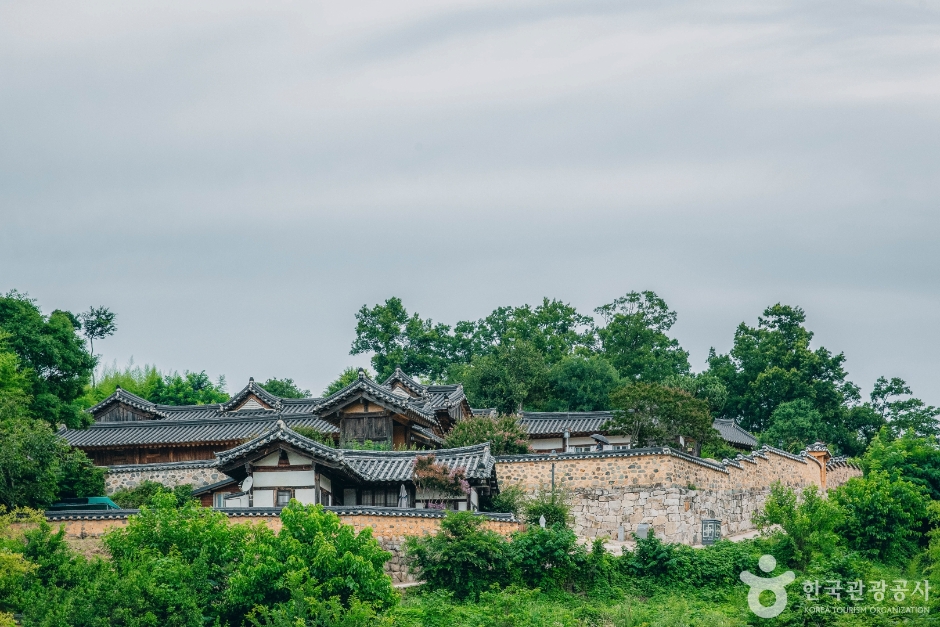
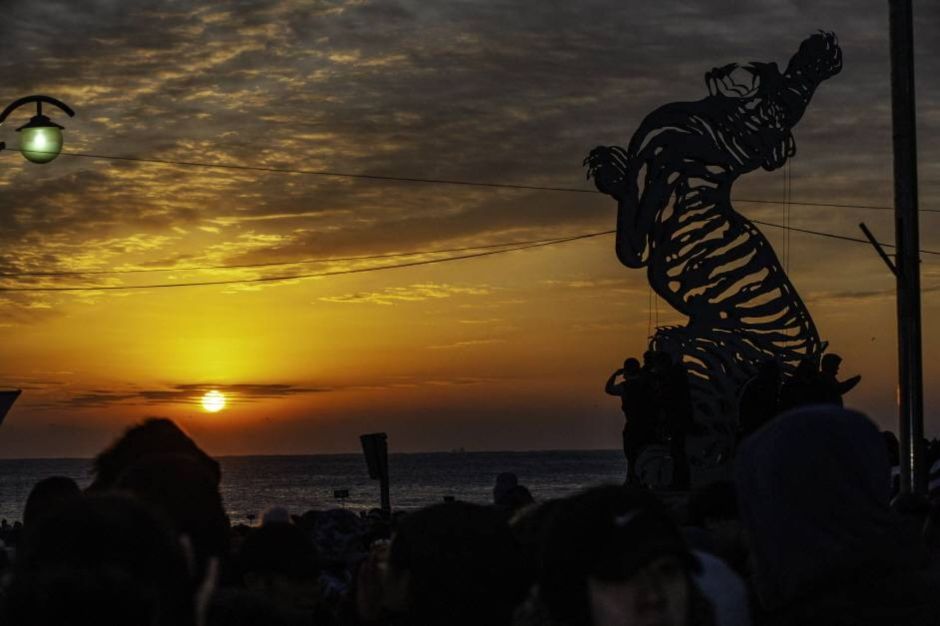
 English
English
 한국어
한국어 日本語
日本語 中文(简体)
中文(简体) Deutsch
Deutsch Français
Français Español
Español Русский
Русский